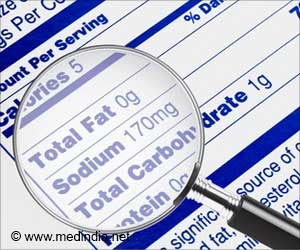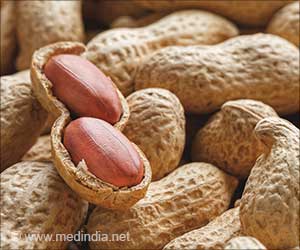An antioxidant found in the green tea plant could become key to tackling tuberculosis one day, a team of international scientists led by Nanyang Technological University, Singapore (NTU Singapore) has found.

‘Epigallocatechin gallate, the compound of green tea plant, can inhibit the growth of a tuberculosis-causing bacteria by binding to an enzyme that provides energy for cellular activity.’
Read More..




The EGCG does so by binding to an enzyme that provides biological energy for cellular activity. The process results in a dip in the amount of energy the bacteria has for its cellular processes vital for growth and stability, such as cell wall formation.Read More..
The team, which includes NTU Associate Professor Roderick Bates, National University of Singapore (NUS) Professor Thomas Dick, and collaborators from the US and New Zealand, also identified the exact sites on the enzyme at which the EGCG needs to bind to in order to affect energy production in the bacterial cell.
The findings were published in the journal Scientific Reports. A patent has been filed for the identification of the EGCG as a possible form of treatment for tuberculosis.
These findings could pave the way for the creation of novel drugs to combat tuberculosis, one of the most deadly infectious diseases in the world. Southeast Asia accounts for 41 per cent of the world's tuberculosis cases, with 4 million new cases every year.
While there are already drugs that target mycobacterium tuberculosis (M. tuberculosis) - the bacteria that causes the airborne disease - new ones are needed because the bacteria is increasingly showing resistance to many of the drugs.
Advertisement
How EGCG disrupts tuberculosis
To determine the factors affecting the production of ATP synthase, and thus the amount of energy a bacterial cell has for growth, the NTU-led team studied mycobacterium smegmatis and mycobacterium bovis, both of which belong to the same family as M. tuberculosis. These mycobacterial strains share a similar structural composition.
The team first found that alterations to the genetic code for ATP synthase resulted in an enzyme that produced fewer energy storage molecules in the bacterial cells, slower cell growth, and an altered colony shape.
With this data, the scientists then screened for and found 20 compounds that could possibly bind to ATP synthase and cause the same blocking effect, and then tested them for their efficacy. Only EGCG, a natural antioxidant that occurs in a large amount in green tea, showed it had the same crucial effect of reducing energy storage molecules in the bacterial cell.
The NTU-led team is now looking at optimising the activity of EGCG for increased efficiency and potency in fighting the tuberculosis bacteria. Their ultimate goal is to develop a drug cocktail that will tackle multi-drug resistant tuberculosis.
Source-Eurekalert












